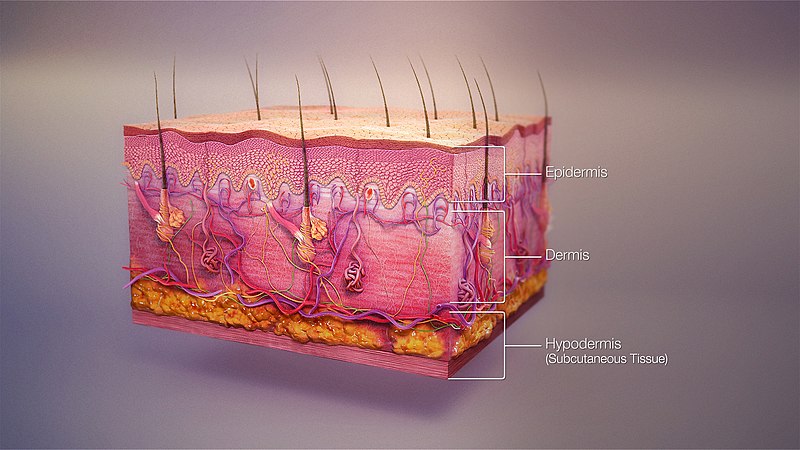Doctors at the University of Maryland School of Medicine have managed to do the unthinkable, putting a human patient in suspended animation, or “controlled death” if you prefer.
They call the technique “emergency preservation and resuscitation” (EPR), and it is meant to help those who arrive at an emergency room with acute trauma.
For example, if someone is shot or stabbed multiple times, the heart pumping will force blood out of the body, and the person may die. Operating on these occasions is hard, risky, and has very few chances of success. With the technically induced suspended animation, the doctors cool the patient to around 10 degrees Celsius by replacing their blood with ice-cold saline. This results in the suspension of the brain activity, and so they are ready to enter the operating theatre.
There, the doctors may operate for hours, fixing the person’s acute injuries, and when they’re done, they re-introduce the patient’s blood to the body and warm it up to 37 degrees Celsius. The team says that at least one person was saved through this process, but they will publish the full details of this by the end of 2020. Until then, they will try this method on at least ten more cases who are eligible for this kind of treatment and will record their observations and end result.
As doctor Samuel Tisherman points out, the human brain cannot last longer than five minutes without oxygen. If that happens, there’s permanent and irreversible damage in the precious organ. However, and due to the lowering of the body temperature, the cells require less oxygen as the chemical reactions in the body slow down significantly. This extends the “safe time” to at least two hours, and possibly even three hours.







